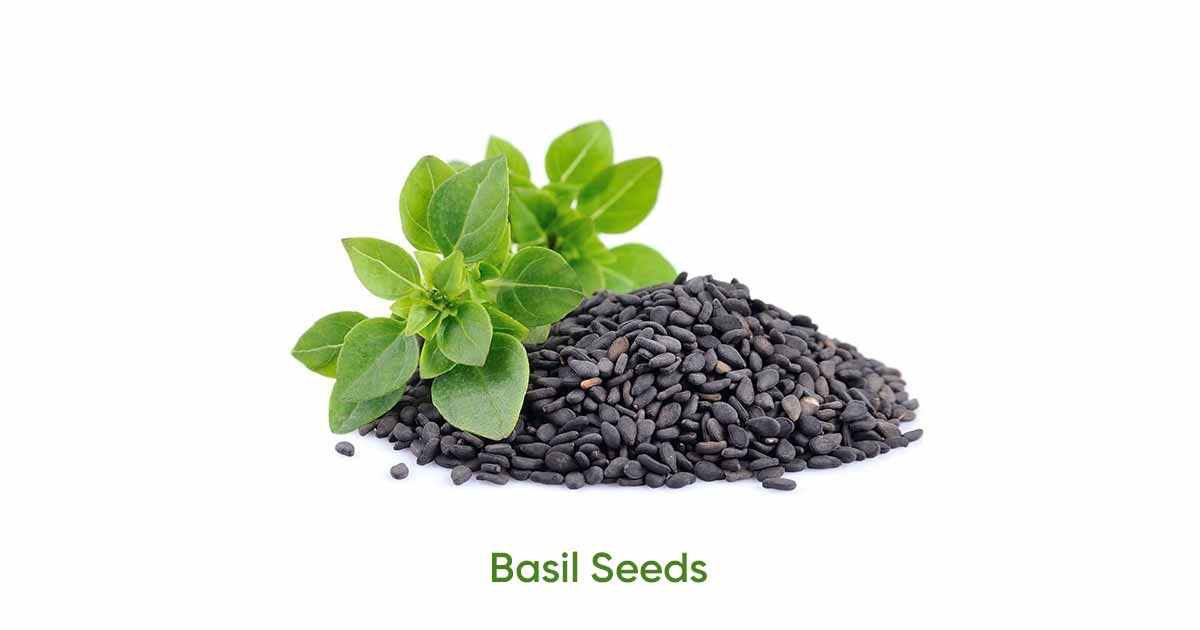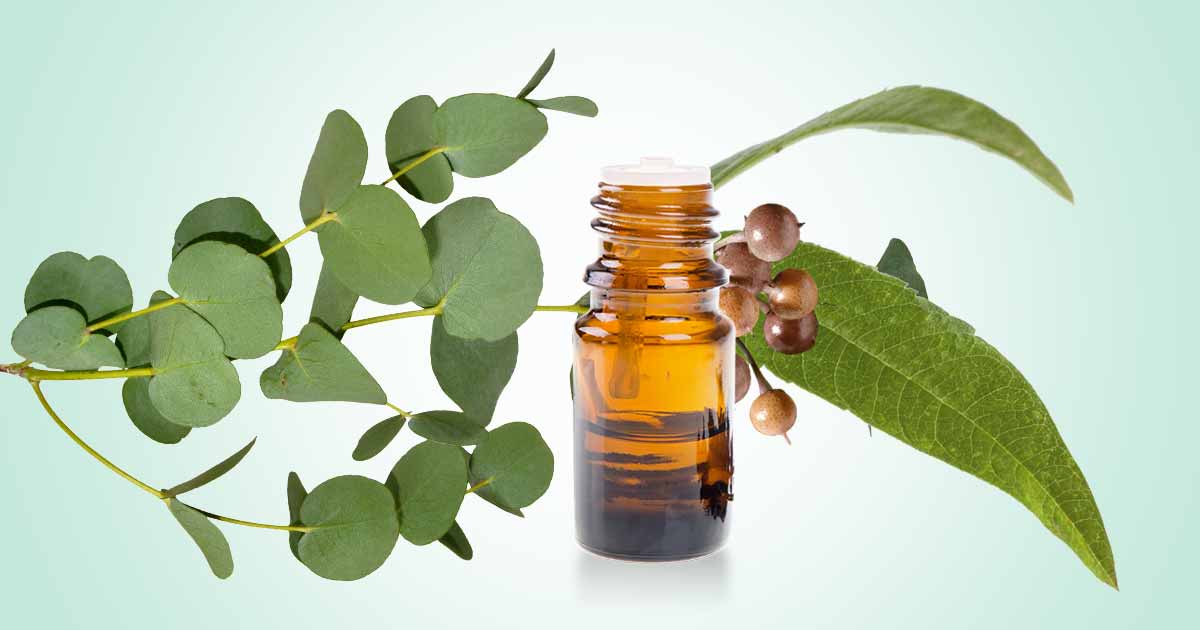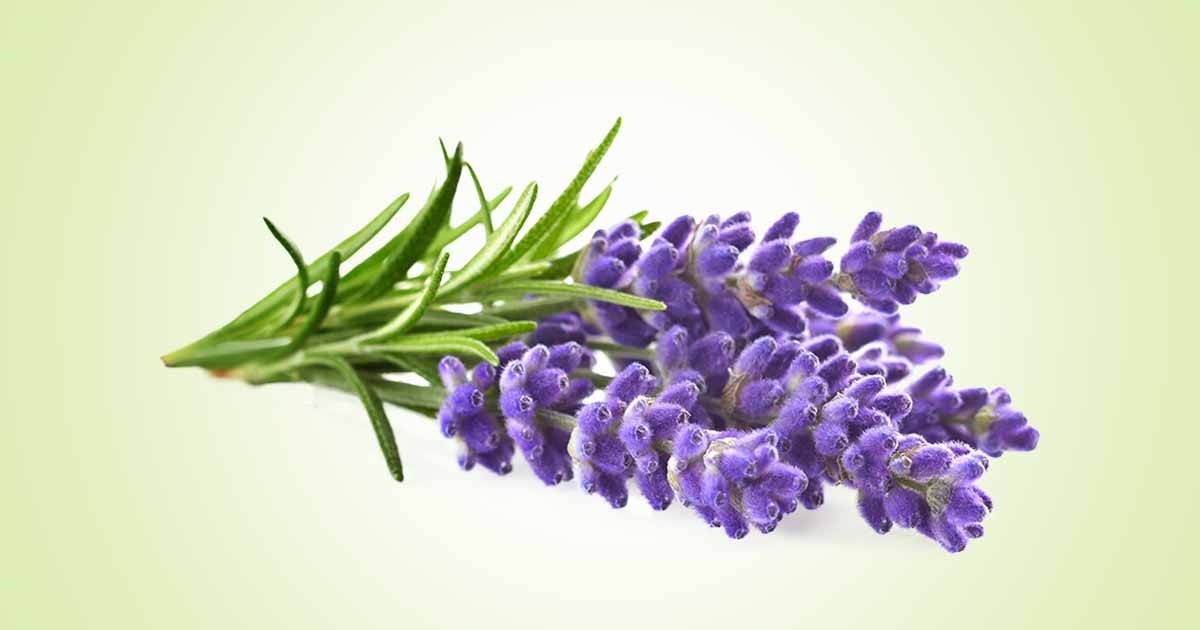Basil seed (Ocimum basilicum), also basil, or sabja or sweet basil seed, belongs to the family Lamiaceae. It is a tropical plant that is found in India, Vietnam, Pakistan, but grown in France, Greece, Hungary, North and South America, Africa. There are many cultivars of basil plant.
The basil seeds are black colored and with oval shape. The seeds from different localities have different length, width, thickness, and moisture content. For instance, Iranian basil seeds are larger than Serbian basil seeds.
Ocimum basilicum has been used in traditional medicine as diuretic, antispasmodic, antipyretic, treatment of diarrhea, ulcer, stomachic. It is called King of the herbs” due to numerous medical, pharmaceutical, food and cosmetic industries.
Sabja is also used in cooking and preparing traditional beverages (sharbat), ice creams, and desserts. The high fiber content makes it good to use as a functional ingredient. The mucilage from the basil seed has emulsifying, thickening, gelling, fat replacers, foaming agents, and stabilizing properties.
The seed gum has uses such as suspending agent, disintegrant, source of fiber, pharmaceutical excipient, and a biodegradable edible film.
Chia Seeds vs. Basil Seed
Sweet basil (Ocimum basilicum) differs from chia seed (Salvia hispanica) as it is larger and oval-shaped, while chia is rounded. Chia seed may be white, black, or brown, while basil is mostly black. Basil also has more dietary fiber content compared to chia.
Also, chia seeds can be chewed raw, while basil can be hard to chew and digest. Hence, it needs to be soaked. It is more delicious than chia seed, which has a bland taste.
However, both of them absorbs water when soaked, and form a thick paste. Both can be used in yogurt, smoothies, oatmeal, and as thickening agent or binding agent in vegan or gluten-free diet.
Composition of Basil Seeds
Basil seed is a source of high fiber and protein content. Soaking the seeds of basil in water will result in swelling and production of gelatinous compound. This is due to the polysaccharide layer present on the outer epidermis wall of the seed.
Glucomannan (43%) and (1-4)-linked xylan (24.29%) and a small percent of glucan (2.31%) are the polysaccharides in the basil seeds.
(Ocimum basilicum contains moisture (9.19%), crude protein (17.32%), crude fat (9.68%), ash (5.80%), fiber (7.11%) and carbohydrates (50.9%).
Amino acids present in the sweet basil (O. basilicum) and holy basil (O. tenuiflorum) seeds. Glutamic acid and aspartic acid are the main non-essential amino acids in sabja, while almost all essential amino acids are present.
The fatty acids present are both unsaturated fatty acids such as oleic acid, linoleic acid, linolenic acid, while the saturated fatty acids present are palmitic acid, and stearic acids. The fatty acid content, especially the unsaturated forms, means it can be a good source of omega-3 for vegetarians and vegan.
Mineral composition in basil seeds include magnesium, zinc, iron, manganese, phosphorous, potassium, calcium, copper.
Basil seeds also contain phenolic compounds, essential oils, carotenoids, flavonoids. The phenolic compounds are mostly orientine, vicentine, and rosmarinic acids. Tocopherol forms such as α, β, and
γ are abundant.
It has more sterols than flax and perilla seeds, and more phytosterols than extra virgin olive oil. It also has other bioactive compounds such as saponins, steroids, terpenoids, tannins, alkaloids, and peptides.
Health Benefits of Basil Seeds
Antioxidant Effect:
The antioxidant levels in the basil seed are higher than sesame, or red seeds. The antioxidant activity is provided by the phenolic compounds, essential oils, carotenoids. Antioxidants prevent oxidative damage from free radicals such as cancer, cardiovascular diseases.
It is also utilized in food industries as preservatives.
Antimicrobial activity:
Basil seed oil has activity against Gram-positive and Gram-negative bacteria such as Staphylococcus aureus, Bacillus pumius, Klebsiella pneumoniae, Serratia marcescens, Proteus mirabilis, Escherichia coli, Pseudomonas aeruginosa, Shigella dysenteriae.
The activity may be due to the fatty acids with the levels of unsaturated fatty acids such as linolenic acids.
Antipyretic activity:
The oils of the Ocimum basilicum also have antipyretic activity. In a study by Singh and Majumdar, the fixed oil of basil seeds (O. Sanctum) was tested against typhoid-paratyphoid fever A/B vaccine-induced pyrexia in rats. It exhibited antipyretic action.
Anti-inflammatory action:
Basil seeds contain linolenic acid and inoleic acid, which are precursors of eicosanoids such as prostaglandins, thromboxanes, and leukotrienes. These compounds are involved in immune and inflammatory response.
In a study by Singh et al., 2008, on anti-inflammatory activity of basil seed, linseed, and soyabean fixed oils on rats, the basil seed and linseed showed higher inhibition due to higher α-linolenic fatty acid (ALA) content.
In another study, by Singh and Agrawal using Ocimum basilicum seeds on guinea pigs, it showed anti-histamine, and anti-inflammatory activity.
The fixed oil of basil seeds also inhibited paw edema and decreased inflammation and arthritic nodules in rats induced with inflammation using formaldehyde solution.
Antiplatelet activity:
The oil slows down the blood clotting time on laboratory rats. This suggests the ability to prevent aggregation of platelets.
Lowers cholesterol levels:
In animal studies with rabbits, the oil reduced the serum cholesterol triacylglycerol, low-density lipoprotein and very low-density lipoprotein. This may confirm the cholesterol lowering effect.
With this property, may be good for preventing dyslipidemia, heart diseases and obesity.
Anti-diabetic effect:
Water-soluble polysaccharides, peptides, and antioxidants from the basil seeds inhibit α-amylase inhibitory activities, and also prevent oxidative stress. They are good at controlling type-2 diabetes.
Anticancer effect:
Studies using basil seed extract on MG63 human osteosarcoma cells showed the anticancer effect of some compounds from the seed. Rosmarinic acid, a component in basil, shows inhibition in DNA synthesis, protein synthesis when tested on hepatoma-derived cell line (HepG2).
Other Uses of Basil Seed Oil
The oil has been used to make paint, varnish, ink, and in cosmetic industries. The mucilage can be used as a biodegradable film, and active packaging for food applications.
Basil seed may serve as a reservoir of selenium as it absorb the minerals, and other minerals such as copper, cesium, and strontium, during cultivation. It may be a potential option to bioremediate contaminated water.
Side Effects
Common side effects of basil seeds include diarrhea, vomiting, nausea, acid reflux, bloating, headache, abdominal discomfort, loss of appetite. The high fiber content means high consumption may cause abdominal discomfort.
When water is added, the seed may swell up to form a gelatinous mass which may be choking and difficult to swallow for some children.
References:
- https://sciendo.com/pdf/10.2478/fhort-2020-0002
- https://pdfs.semanticscholar.org/f6e4/099e2d8e5bc68f25264776ab332fc02ea0e8.pdf
- https://www.cabi.org/gara/FullTextPDF/2018/20183071497.pdf
- https://a-z-animals.com/blog/basil-seeds-vs-chia-seeds-whats-the-difference/












